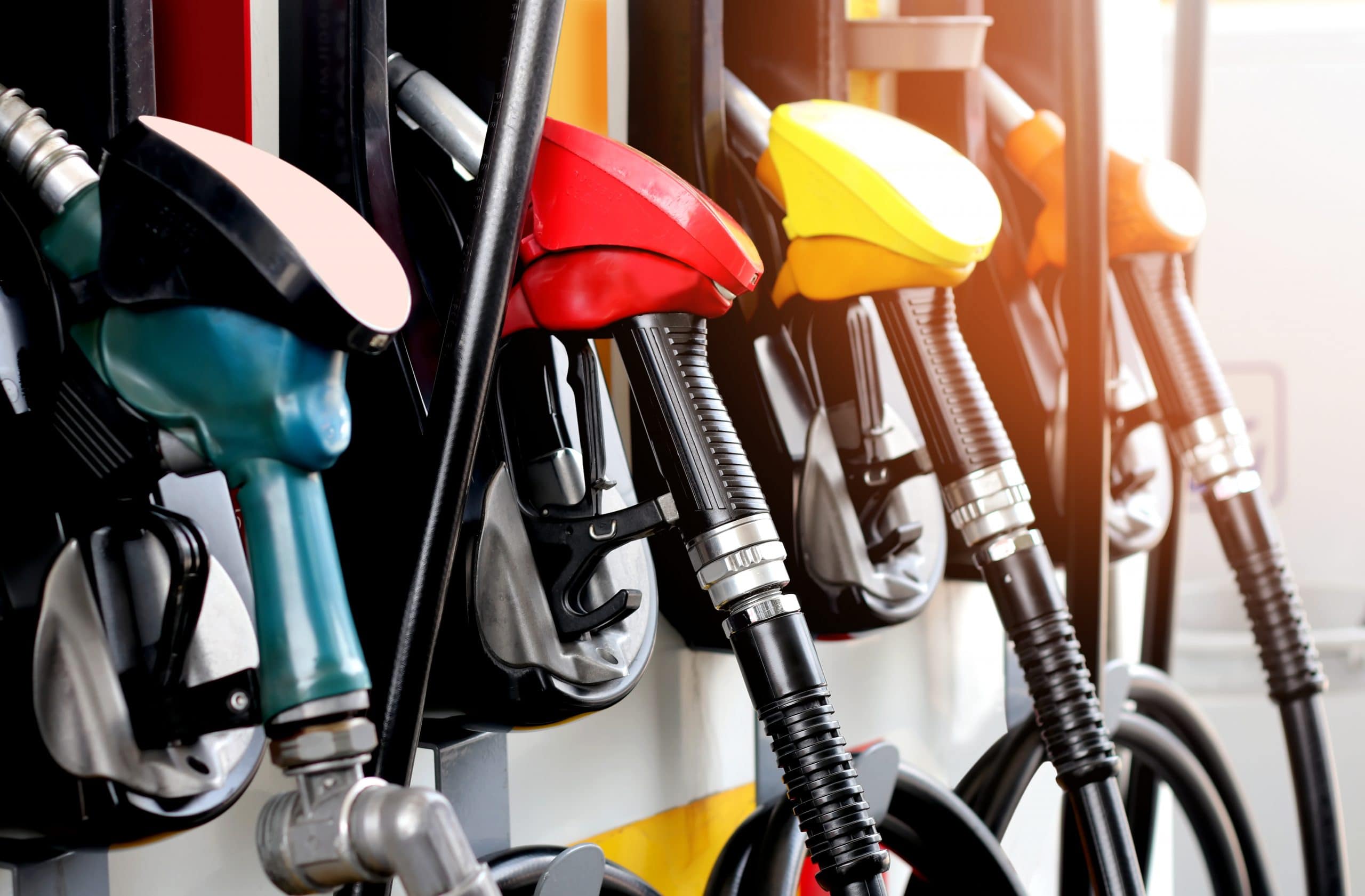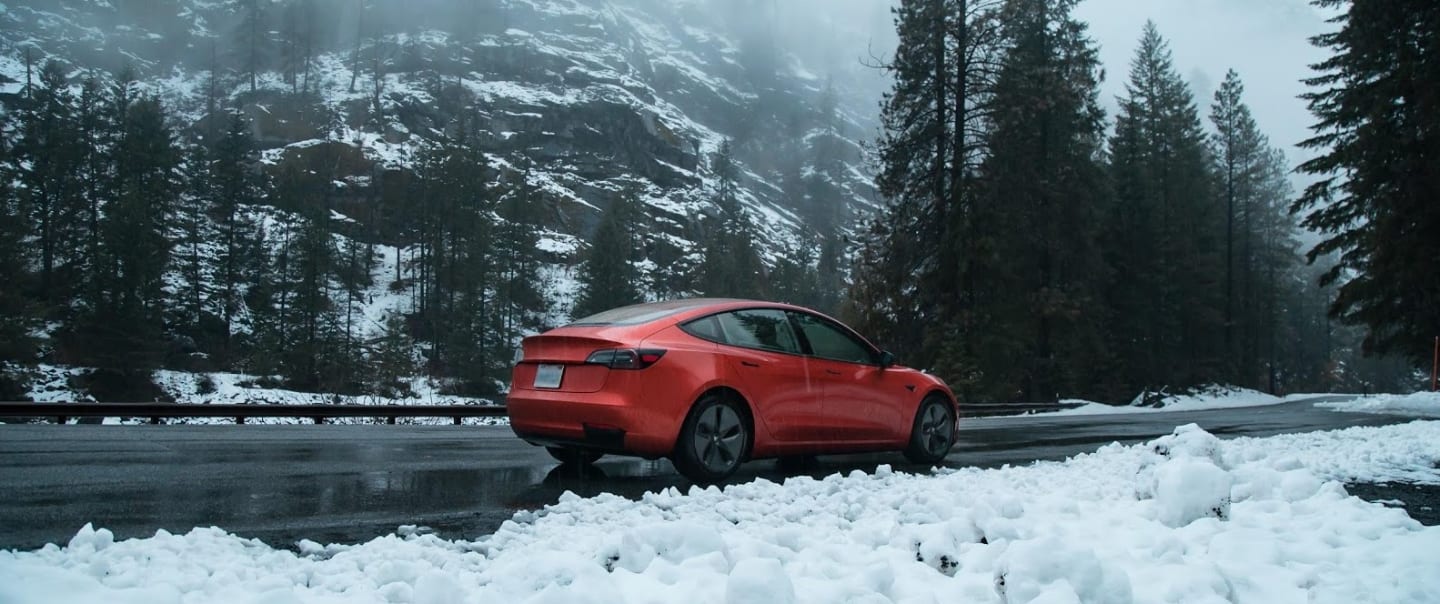I did a little research looking to see if the Tesla has mitigation strategies for cold weather ops, and not surprisingly Tesla does, especially for charging, they call it pre conditioning, this requires energy from the battery to heat the battery up to minimal temperature for charging and it is recommended 30-45 mins before reaching a charging station. This pre condition is also recommended before driving to keep the ECU if you will from limiting how much current flows out of the battery during acceleration, E.G. reduced performance if you don’t precondition the battery, which also warms the cabin but I’m not sure how much it warms the cabin as I can find no information on the precondition warming level in the cabin. There is a smart preconditioning setting in the car but Tesla states in the owners manual this has proven unreliable and suggests a third party app be used.
Enlightening but not at all surprisingly there are additional supercharging fees known as idle and congestion. Meaning, there are increased charging fees and financial disincentives to using a supercharger station during times of high usage. In other words it’s going to cost you to charge when everyone needs it-shocker.
View attachment 213961
Another revelation, and not surprisingly at all, is that Tesla recommends leaving the car plugged in whenever not in use, this flies in the face of many electric car advocates saying the range is good enough on electric cars that you don’t need to charge everyday. Tesla recommends leaving plugged in to keep the maximum range, and during preconditioning the power to heat the battery and the inside of the car will be drawn from the charger, again not clear on what that means exactly for the level of cabin heating during charging. This is also true during hot weather, as the ac system will draw power from the charger instead of the battery. Apparently there are other systems drawing power from the battery while parked.
There is also this little nugget. Some, (??? no idea how much? i know how far my truck goes on any level of fuel in the tank) of the stored energy is not available when the battery is too cold, and regenerative braking is disabled reducing range even further.
View attachment 213960
Tesla also recommends using the seat heaters to stay warm instead of the heat pump to conserve energy, if I remember correctly Tesla suggests bundling up to stay warm and reduce battery consumption, not for me at all.
Since the Tesla uses a heat pump to heat the car, that means in cold temperatures the heat pump becomes rather ineffectual / inefficient as the Delta T is dramatically reduced which means more power is required to heat the cabin. This same heat pump is reversed to provide cooling for the cabin, and is used to keep the battery cool in hot conditions. Driving your Tesla to Palm Springs in the summer? The AC system is going to be working very hard, consuming a lot of power, to keep the cabin cool and keep the battery cool enough for normal operation. And all of that has a an impact on range.
So after a bit of research I’m convinced that a lot of these electric cars in the cold were a victim of their owners not RTFM, (read the fucking manual) these cars need to be managed carefully (be uncomfortable while operating them in cold weather) in non optimal conditions to get them to function normally. I’m betting that had the owners RTFM, they would have preconditioned their batteries they could have used the supercharger stations as intended, but that requires planning ahead at least a hour in advance of charging their cars, provided there was enough charge in the vehicles battery to precondition the battery for charging. Who knows? Maybe there was sufficient charge in the battery when they stopped but after cold soaking the battery power was dramatically reduced and that caused a death spiral. I’m also betting that these cars left with a completely discharged battery, in those cold temperatures caused further discharge to the battery and now those batteries will either be junk or have greatly reduced capacity.
Edit: At 10° or colder weather it’s very tough to scavenge heat for the heating systems via the heat pump. So looks like you’re pretty screwed in those temps.
Either way, the cold temperatures have ; eliminated regenerative braking reducing range, the battery’s inability to use all the stored energy, the batteries surprise reduction in stored energy after it is left parked in cold temps, the environmental control systems inefficiency results in dramatically increased KWh usage to keep you warm in the car, the complexity of operating the car, and the need to use what I’m assuming is a good amount of KWh’s to precondition the battery for charging results in a big fuck you to your electric car.
INTRODUCTION As a Tesla owner, you may have already experienced that charging and driving your Tesla in temperatures around 32

engage.tesla.com
I used the search function on Tesla’s website to see if the heater can be used while charging and got these results.
View attachment 213955
View attachment 213956


